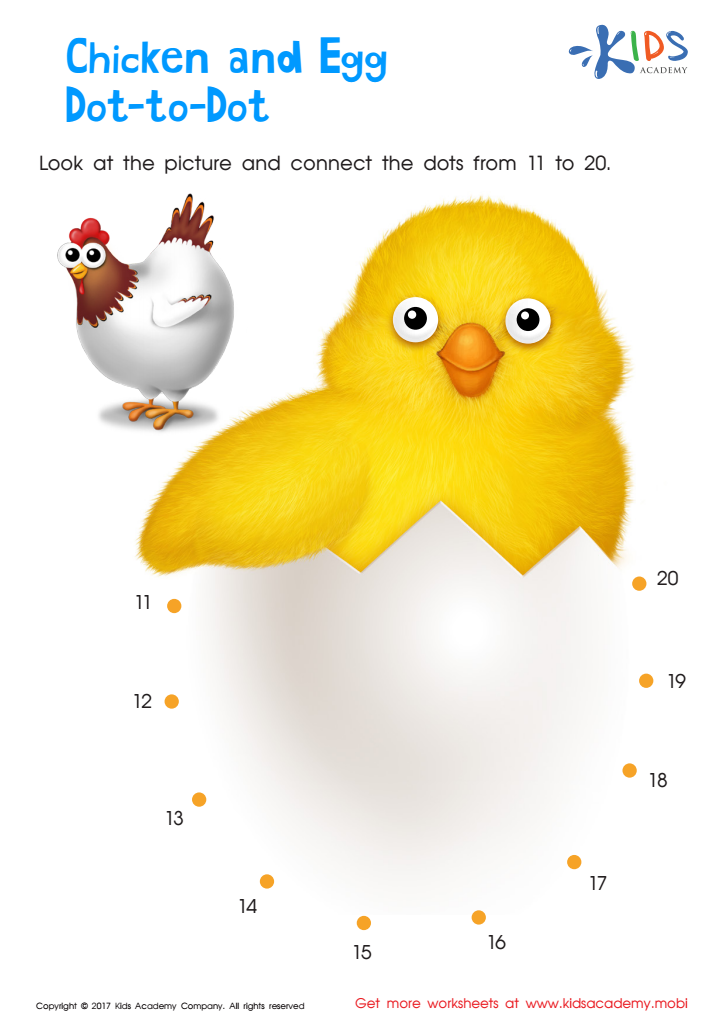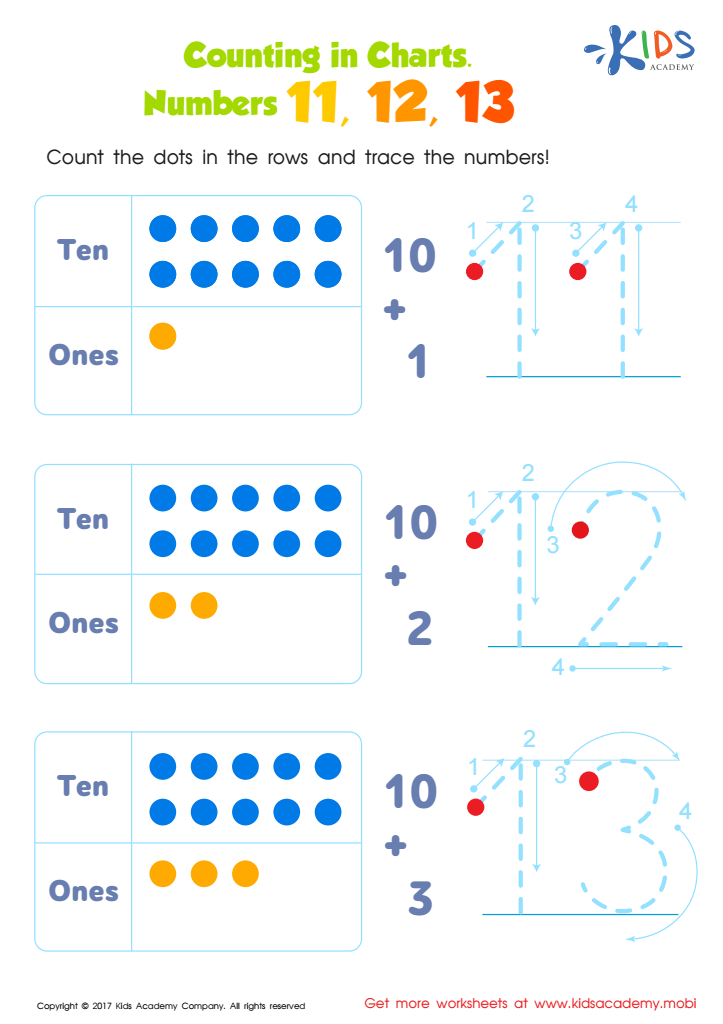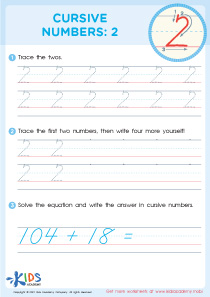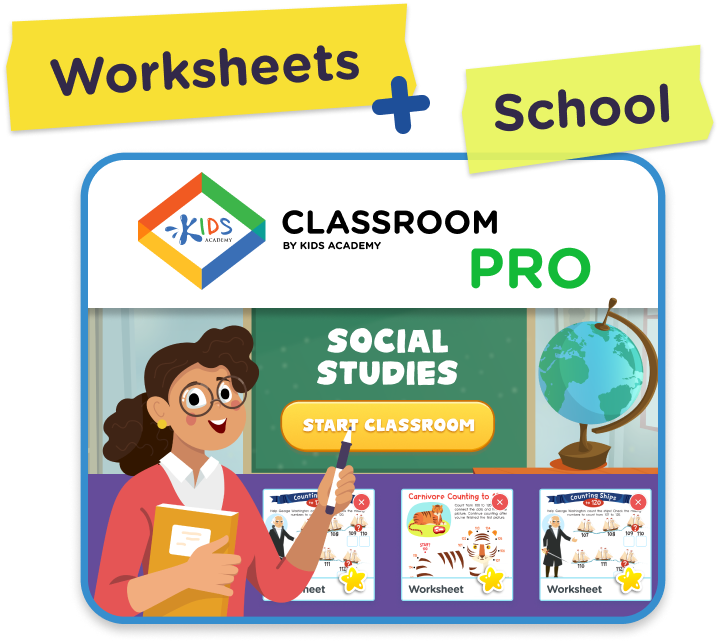Fine Motor Skills Numbers 11–20 Worksheets for Ages 3-7
6 filtered results
-
From - To
Enhance your child's fine motor skills with our engaging Numbers 11–20 worksheets, designed for ages 3-7! These interactive activities provide a fun way for young learners to practice number recognition while developing essential motor skills. Each worksheet is thoughtfully crafted to encourage hand-eye coordination through tracing, cutting, and coloring exercises. As children work through the activities, they'll boost their confidence and dexterity, laying a strong foundation for future learning. Ideal for at-home practice or classroom use, our worksheets make learning numbers an enjoyable experience. Explore and inspire young minds with our vibrant and educational resources today!


Ordering 11–20: Busy Bee Counting Worksheet


Ordering 11–20: Halloween Counting Worksheet


Ordering 11–20: Chicken & Egg Dot–to–dot Worksheet


Number Tracing Worksheet For Kindergarten


Ordering 11–20: Dot–to–dot Seashell Printable
Fine motor skills are crucial for children aged 3-7 as they form the foundation for many essential life skills. Specifically, fine motor skills encompass the ability to use small muscles in hands and fingers for tasks such as gripping, holding, cutting, and writing. Developing these skills during this formative age helps children gain independence and confidence in activities such as buttoning clothes, tying shoelaces, and using eating utensils.
Focusing on fine motor skills related to numbers 11-20 can significantly enhance a child’s mathematical development. Children learn to count, recognize numbers, and engage in early mathematical concepts through hands-on activities like tracing numbers, cutting out shapes, or arranging objects. These activities not only boost numerical understanding but also improve hand-eye coordination and dexterity.
Parents and teachers should care about fostering fine motor skills because they are closely linked to literacy and academic success. As children progress into more complex tasks like writing or problem-solving, strong fine motor skills will support their learning. Additionally, encouraging these skills at home or in the classroom can lead to enhanced cognitive development, self-esteem, and social interactions, laying the groundwork for lifelong learning and adaptation in an increasingly complex world.
 Assign to My Students
Assign to My Students











